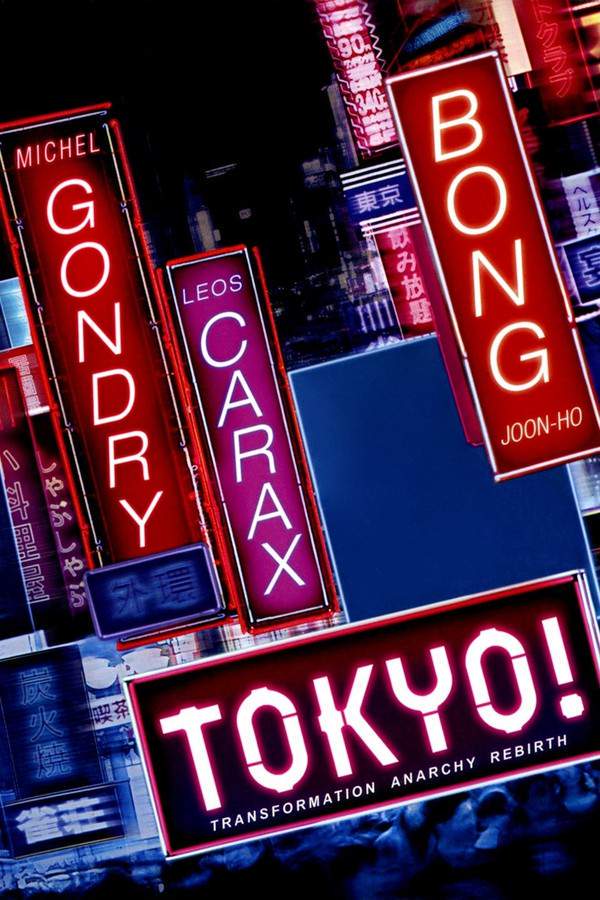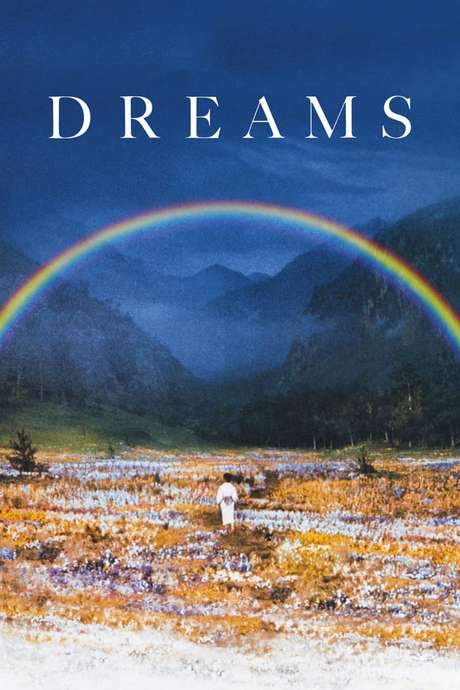
Takeshis’
Year: 2005
Runtime: 108 mins
Language: Japanese
Beat Takeshi leads a hectic, often surreal career as a top show‑business star. One day he encounters a blond doppelgänger, Kitano, a shy convenience‑store clerk and aspiring actor desperate for his big break. As their lives intersect, Kitano begins to experience vivid hallucinations, believing he is becoming Beat himself.
Warning: spoilers below!
Haven’t seen Takeshis’ yet? This summary contains major spoilers. Bookmark the page, watch the movie, and come back for the full breakdown. If you're ready, scroll on and relive the story!
Timeline – Takeshis’ (2005)
Trace every key event in Takeshis’ (2005) with our detailed, chronological timeline. Perfect for unpacking nonlinear stories, spotting hidden connections, and understanding how each scene builds toward the film’s climax. Whether you're revisiting or decoding for the first time, this timeline gives you the full picture.
Last Updated: October 09, 2025 at 16:46
Unlock the Full Story of Takeshis’
Don't stop at just watching — explore Takeshis’ in full detail. From the complete plot summary and scene-by-scene timeline to character breakdowns, thematic analysis, and a deep dive into the ending — every page helps you truly understand what Takeshis’ is all about. Plus, discover what's next after the movie.
Takeshis’ Summary
Read a complete plot summary of Takeshis’, including all key story points, character arcs, and turning points. This in-depth recap is ideal for understanding the narrative structure or reviewing what happened in the movie.

Characters, Settings & Themes in Takeshis’
Discover the characters, locations, and core themes that shape Takeshis’. Get insights into symbolic elements, setting significance, and deeper narrative meaning — ideal for thematic analysis and movie breakdowns.

Similar Movies to Takeshis’
Discover movies like Takeshis’ that share similar genres, themes, and storytelling elements. Whether you’re drawn to the atmosphere, character arcs, or plot structure, these curated recommendations will help you explore more films you’ll love.
Explore More About Movie Takeshis’
Takeshis’ (2005) Plot Summary & Movie Recap
Takeshis’ (2005) Scene-by-Scene Movie Timeline
Takeshis’ (2005) Spoiler-Free Summary & Key Flow
Movies Like Takeshis’ – Similar Titles You’ll Enjoy
Tokyo! (2009) Ending Explained & Film Insights
Big Man Japan (2009) Full Movie Breakdown
Special Actors (2019) Ending Explained & Film Insights
Utsushimi (2000) Complete Plot Breakdown
That Man Is Dangerous: The Birth of Takeshi Kitano (2016) Plot Summary & Ending Explained
Dreams (1990) Film Overview & Timeline
The Crazy Family (1984) Detailed Story Recap
Glory to the Filmmaker! (2007) Full Summary & Key Details
Legendary Hit-man, Kunioka (2021) Spoiler-Packed Plot Recap
Asakusa Kid (2021) Movie Recap & Themes
Tokyo Fist (1995) Full Movie Breakdown
Crazy Love (1968) Full Summary & Key Details
Branded to Kill (1967) Complete Plot Breakdown
Ishimatsu: the One-Eyed Avenger (1960) Complete Plot Breakdown
Throw Away Your Books, Rally in the Streets (1971) Ending Explained & Film Insights

















